Sound:
[responsivevoice_button]
Yes, cable reviews are a very sensitive topic. Many arguments have been had because of them. There’s always people who say that cables don’t make a difference, that there is no scientific proof for them to matter. And then there’s people who say they hear changes when swapping cables. I don’t want to start a fight here, and if you say cables are placebo or snake oil, so be it. Consider yourself lucky, as you don’t have to chase the last percents of performance for your IEMs or headphones. Or speakers for that matter. Personally, I do hear changes when I use different cables. However, not every IEM or headphone is going to pick them up as audibly as others. There are monitors that show these changes better than others, like Noble’s Katana. It’s the most cable and source responsive monitor in my collection.
That’s also the reason why I start with Katana when I’m listening to new cables. From here on I change monitors to draw a general conclusion about the new cables. A list of great matches for the Satin Audio Medusa II and Athena can be found at the end of this section.
Medusa II
The Medusa II is a silver cable that doesn’t follow the stigmatized expectations. Most people would think a silver cable alters the sound to a brighter pitch, while there definitely are many silver wires that do that, really good silver won’t.
The overall sound of Medusa II can be summarized as a full and warmer sound, it’s soft and mellow but it doesn’t overlook technical abilities. It creates a darker background and highlights instruments well.
Medusa II has a full presentation throughout. It gives some additional weight to bass and lower mid-range, but does not make them sound bloated or too thick. There is good resolution and texture in the lows with Medusa II.
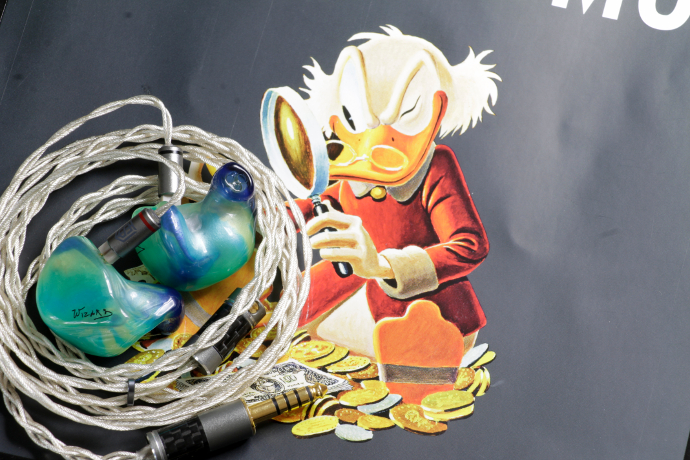
Satin Audio Medusa II and Noble Katana
It has good dynamic range and stretches the extension further on both ends of the spectrum. The Medusa II gives you a richer sound with sweeter vocals and very nice vocal clarity. It contours singers and instruments with nice contrast to the background.
The Medusa II creates a sound stage that stretches further into width and depth. It gives higher resolution and better layering abilities. Imaging is also a point where the Medusa II strikes with a cleaner cut and precise positioning.
Its treble is soft and articulate. The Medusa II does not produce an extremely energetic top-end, it doesn’t sharpen treble by a big margin, but it does give a cleaner perception of high notes to me. Many silver wires are touted as being sharp edged or to have a squeaky sound. The Medusa II is free from all that.
Recommended pairings:
64 Audio A18t, Tia Fourté; Empire Ears Zeus XIV, Wraith; Noble Audio Katana, Kaiser Encore, Khan; Vision Ears VE3.2;
Athena
The Athena’s mix of silver and palladium-plated silver is something we’ve already seen in other cables, such as the Leonidas II from Effect Audio, or in a similar approach even the Eletech Iliad. Although the Iliad adds gold-silver alloy to the mix. It seems palladium is something that all cable companies, with some exceptions, are just dying to put into their wires. It’s a trend similar to the estat implementations in IEMs, where everyone is jumping on the bandwagon.
The Athena’s signature can be put down in a few words as mildly rich, detailed and with a good low end drive. It has an organic sounding yet transparent mid-range, great low-end control and remarkable top-end extension.
Lows receive extra body and weight with the Athena. It reaches deep into sub-bass with good authority and rumble. One particularly nice change the Athena brought to my monitors is in texture and resolution of bass. Here you get wonderful control and microscopic details in the lows. The Athena adds a good tight grip, but remains an airy presentation overall.
Mids on the Athena sound nicely rich and full, with good note weight and density. Vocals sound open and enjoy really good clarity. Instruments are precise and accurate with a natural presentation of body and size. With the Athena musicians sound preciser separated with a very dark background surrounding them.
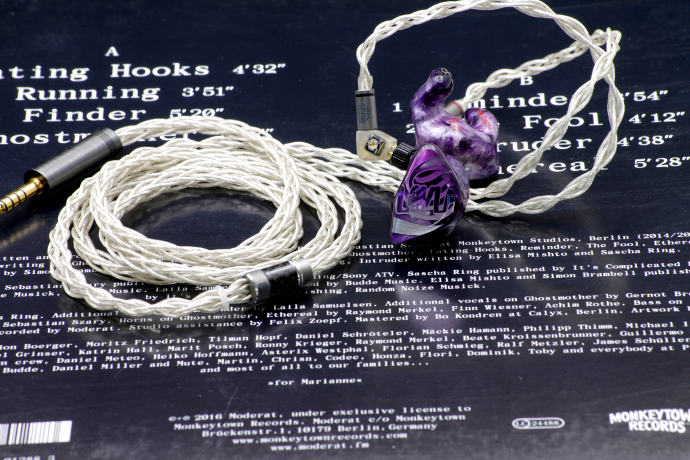
Satin Audio Athena and JH Audio Layla
There is decent warmth in the lower mid-range with the Athena. It gives deep male vocals more physicality and texture. The Athena infuses a great sense of space and very high resolution. You get a wider and deeper stage with excellent organizational skills. Hectic scenes sound more organized and structured with the Athena as sparring partner.
In its treble, the Athena provides high doses of energy and agility. It does sharpen highs to a certain extent, but it doesn’t push critical monitors like the JH Layla or Noble Khan over the top. It produces extra air and clarity, but won’t cause sibilance or a particularly hot treble. Where it shines is extension as the Athena enables my monitors to reach higher and lower.
Suggested Pairings:
64 Audio A18t, A18s, A12t, Tia Trio, Fourté Noir; Empire Ears Legend X; JH Audio Layla, Lola; qdc Anole VX; AAW Canary; Audeze LCD-i4;
Comparisons:
In the most recent time most companies launched new flagship cables. Even Satin Audio has introduced their Zeus cable just a couple of weeks ago. Here we will check out how the Athena and Medusa II compare against its competition. I have chosen Effect Audio’s Leonidas II and Eros II as well as the PW Audio 1960s (2-wire) and No. 10 cables as their opponents. The Athena will get in the ring with the Leonidas II and the 1960s, while the Medusa II has to fight the No. 10 and Eros II.
All mentioned prices are in USD and correct at the time of writing.
Effect Audio – Leonidas II (888$)
The Leonidas II and the Athena both use a mix of palladium-plated silver and pure silver in 26 AWG type 4 Litz wires. On paper identical, but when you take a look at them, you’ll see that there are differences in coloration. The Leonidas II has a brighter silver look than the Athena. In terms of build quality I personally would rate the EA higher. It uses a very unique Y-split that comes with a leather inlay, which alone oozes of a premium look. The four-wired Leonidas II also is noticeably lighter and comfortable on the ear.
The Athena and Leonidas II might be similar on paper, but the sound both produce is not a lot alike. The Satin Audio cable produces more warmth in its lower registers than the Leonidas II. It possesses a more authoritative grip around lows and gives a finer texture than Leonidas II.
Leonidas II on the other hand produces a cleaner mid-range, that sounds a touch more organic. The Athena gives attention to providing more body and weight, while the Leonidas II is aiming for resolution, accuracy and precision. The Leonidas II and Athena both produce a very dark background on which the musicians stand out from. The Athena however gives better contrast and contours instruments just a bit finer.
The sound stage on both is quite similar, but the eight-wire Athena does stretch just a bit wider and deeper. It also has nicer layering and structure in its stage than the Leonidas II. The treble of both cables again is similar, but the Athena has more bite and energy in it. The Leonidas II sounds a tad softer. Both cables have a wonderfully clean top-end to me, but the Leonidas II sounds richer.
PW Audio – 1960s 2w (999$)
The 1960s is one of the very few high end copper cables. It’s been around for many years already and it is still regarded as one of the best cables out there. Despite the only two wires, the 1960s comes with a total of four conductors due to its coaxial design. The PW Audio cable is much more comfortable, also due to its two-wired nature. The Athena has a lot nicer build quality in my opinion. Personally, I don’t really like the hexagonal hardware PW Audio uses. They look and feel cheap. It’s still worlds apart from their heat-shrink splits they use on other cables though.
Athena and the 1960s do share some similarities in their signature. Both cables produce a warmer than neutral sound overall, but the 1960s is even a tad warmer and makes things sound smoother. The Athena has higher authority in its lows and gives better texture and resolution. The PW cable is no slouch in resolution either, but the Athena still steals the show to me.
The 1960s has a thicker and richer sound than the Athena. The Satin is a bit more transparent in its mid-range, where it also gives better clarity to instruments and singers. It produces a slightly darker background and gives musicians better spotlight than the 1960s.
Both cables reach a similar level of sound stage expansion. Their width and depth are almost the same to me on the PW as well as the Satin Audio cable. In terms of layering and positioning the Athena does a better job though. It structures its stage with better control.
Treble is a point where these cables again show similarities to me. Both feature very nice extension and energy. The PW however seems to be slightly harder edged and more direct than the Athena. The eight wired Athena goes for a softer, yet still agile top segment.
How does the Medusa II compare against its competition? Jump to the next page here!





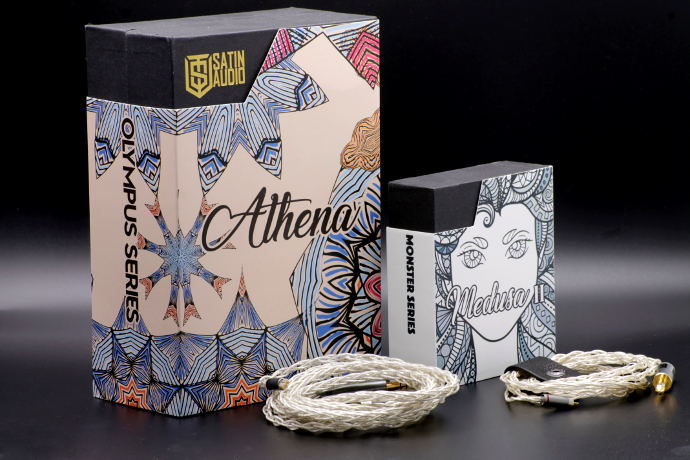
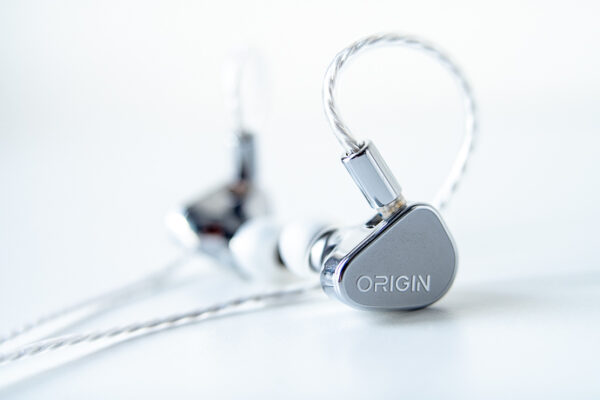
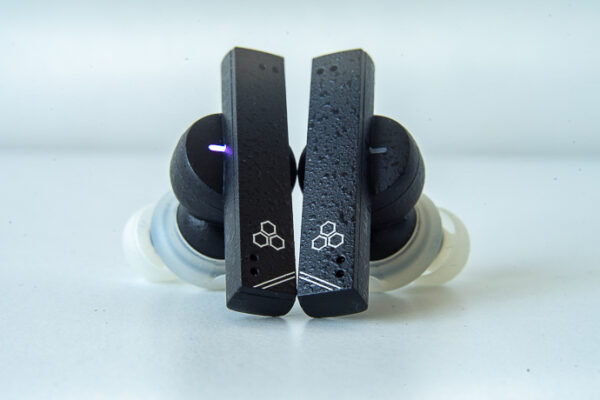
Alberto
Did you compare Athena with Torfa on DD IEMs?
I own Nyx from HanSound and I’d get better but similar sound, maybe Torfa should be my cup of tea…